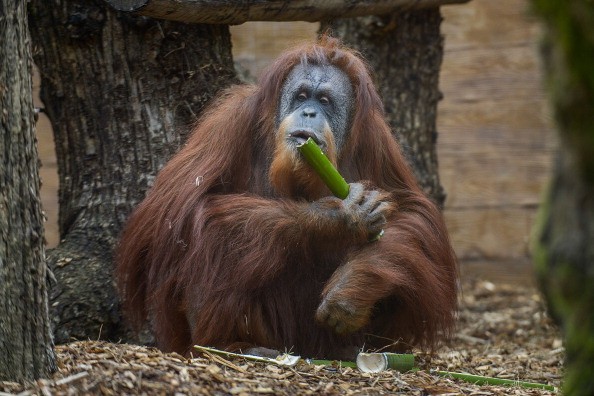The Hill reported that the most badly endangered great ape species on Earth Tapanuli orangutans, maybe even very close to extinction than previously believed.

Threats of Extinction
According to a study published January 4 in the journal PLOS One, the great ape can now be discovered in the mountains of Batang Toru in North Sumatra, Indonesia, where they take over less than 3% of the habitat they did in the late 1800s.
With lesser than 800 Tapanuli orangutans remaining in Batang Toru, the species dealt with the looming threat of extinction. Study author Erik Meijaard, a conservation researcher and originator of conservation group Borneo Futures, told The Hill that If more than 1% of the grown-up population is killed, apprehended, or translocated every year, the Tapanuli orangutan will become the initial great ape species to go on extinction in recent times.
New Hydroelectric Power Plant
The research, based on historical data from the region, discovered that the apes were driven into their present residence in the Batang Toru mountains by hunters who ambushed the apes, as well as the broken parts of their former habitat, The Hill reported.
Ideally, the orangutans should have the ability to migrate between different environments, including lowland areas, to boost their chance of survival, but instead, they stayed stuck in highlands that are not suited for them, the authors said.
A new hydroelectric power plant could even threaten this scarce habitat soon, which would be discovered on the River of Batang Toru in South Tapanuli Regency, North Sumatra. The 122 hectares (301-acre plant) would prevent several subpopulations of Tapanuli orangutans from associating, which could bring about inbreeding and reduce the genetic diversity of the species.
PT NHSE
The PT North Sumatera Hydro Energy (PT NHSE) company has stopped the construction of the plant because of the COVID-19 pandemic. The project also lost key support from the Bank of China, so the construction may remain discontinued for many years.
Meijaard and his co-authors want the government, developer, IUCN, and Sumatran Orangutan Conservation Programme (SOCP) to use this halt to launch an investigation independently to evaluate the threat to orangutans. PT NHSE sponsored its own evaluation previously and came to a conclusion that the plant would not threaten the apes' abode.
The International Union for Conservation of Nature (IUCN) then published its own report, disputing the evaluation of PT NHSE. Apart from the power plant, other factors threaten the survival of the Tapanuli orangutans.

Three Subpopulations of Tapanuli Orangutans
Although the company whose responsibility is building the dam, PT. North Sumatra Hydro Energy (PT NSHE) claims that the land the project occupied - about 122 hectares - is negligible, Meijaard and others have made known that the problem is not the size of the power plant, but its site.
According to the Sumatran Orangutan Conservation Programme (SOCP), the project stays at the intersection of three subpopulations of Tapanuli orangutans which could be separated permanently if the dam is constructed.
Related Article: Orangutans Can Guess Taste Using Memories Like Humans Do, Study Shows
For more news, updates about apes and similar topics don't forget to follow Nature World News!
© 2026 NatureWorldNews.com All rights reserved. Do not reproduce without permission.





